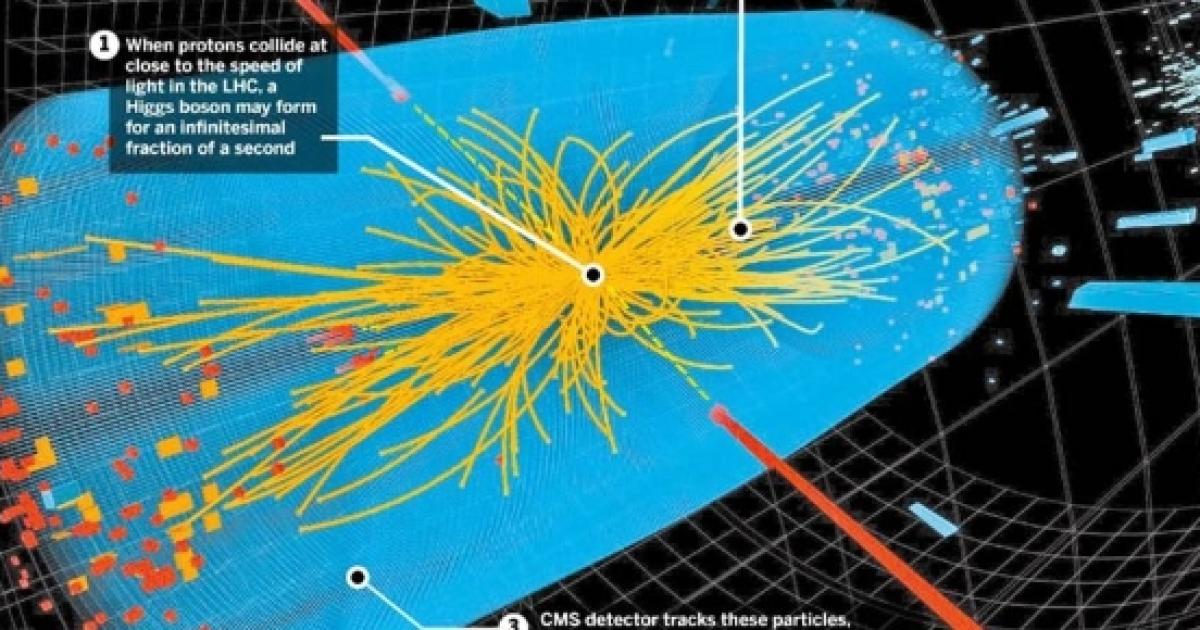


First came the confirmation of the mass of the Higgs boson: the final unknown parameter in the Standard Model. Immediately after the discovery, physicists began to study the properties of the newly-found particle to understand if it was the Standard Model Higgs boson or something else. Will the Standard Model continue to survive the precision measurements of the LHC or will an improved model appear? Only through continued study and more data will physicists be able to answer this question. Higgs bosons now become a tool for physicists, studying the properties of particles produced alongside the Higgs boson in search of new discoveries. Many theories also predict that the Higgs boson plays a critical role in the production of new phenomena such as dark matter at the LHC. Supersymmetry, for example, predicts the existence of at least five different types of Higgs bosons.
#THE HIGGS BOSON WINDOWS#
The discovery of the Higgs boson has opened up new windows in the search for new physics phenomena, since its properties – and even the number of distinct types of Higgs boson – are predicted to be different in different theoretical models. On 8 October 2013, the Nobel Prize in Physics was awarded jointly to theorists François Englert and Peter Higgs " for the theoretical discovery of a mechanism that contributes to our understanding of the origin of mass of subatomic particles, and which recently was confirmed through the discovery of the predicted fundamental particle, by the ATLAS and CMS experiments at CERN's Large Hadron Collider". On 4 July 2012, the ATLAS and CMS experiments at CERN announced that they had independently observed a new particle in the mass region of around 125 GeV: a particle consistent with the Higgs boson. Existence of this field could be verified by discovery of its associated particle – the Higgs boson. The BEH mechanism requires the presence of a new field throughout the universe which gives mass to some of the bosons. To solve this problem, three teams of theorists: Robert Brout and François Englert Peter Higgs Gerald Guralnik, Carl Hagen, and Tom Kibble independently proposed a solution now referred to as the Brout-Englert-Higgs (BEH) mechanism. Yet, experiments showed that the carriers of the weak nuclear interaction – the W and Z bosons – had large masses. In 1964, the only mathematically consistent theory required bosons to be massless.

Photons, for example, are bosons carrying the electromagnetic force. Physicists describe particle interactions using the mathematics of quantum field theory, in which forces are carried by intermediate particles called bosons. Animation of the reconstructed mass from Higgs candidate events in two-photon decays.


 0 kommentar(er)
0 kommentar(er)
